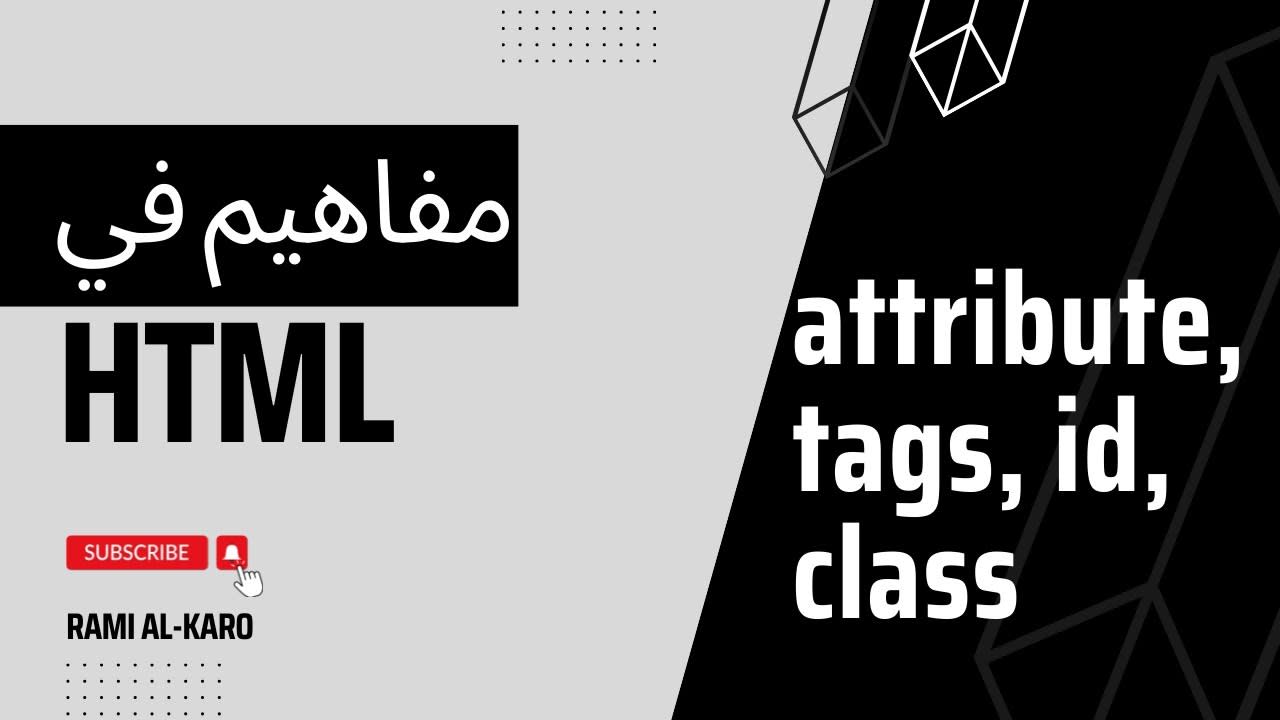Attributes, tags, class in HTML
Hey there, and welcome back to my channel! In this video, we're going to talk about some essential components of HTML - attributes, tags, and class.
When you're working with HTML, you'll need to use a variety of tags and attributes to create your web pages. Tags are essentially HTML elements that define the structure and content of your page, such as headings, paragraphs, images, and links. Attributes, on the other hand, provide additional information about these elements, such as the color of a text or the size of an image.
One common attribute that you'll likely use frequently is the "class" attribute. This attribute allows you to assign a class to a particular HTML element, which can then be used to apply CSS styles to that element. For example, if you want to apply a particular style to all of the headings on your page, you could assign them all the same class and then apply the style to that class in your CSS code.
In addition to the class attribute, there are many other attributes that you might use when working with HTML. Some of the most common include "id," which allows you to assign a unique identifier to an HTML element, "href," which specifies the URL for a link, and "src," which specifies the location of an image or other media file.
When using attributes and tags in your HTML code, it's important to make sure that you're using them correctly and following the proper syntax. Improper use of tags or attributes can result in errors or unexpected behavior on your web page.
To ensure that your HTML code is valid and error-free, you can use a variety of tools and resources, such as online validators or integrated development environments (IDEs). These tools can help you catch syntax errors, identify missing tags or attributes, and ensure that your code follows industry best practices.
So, that's it for this video! I hope you found it helpful, and if you have any questions or comments, feel free to leave them down below. Thanks for watching, and I'll see you at the next one!

